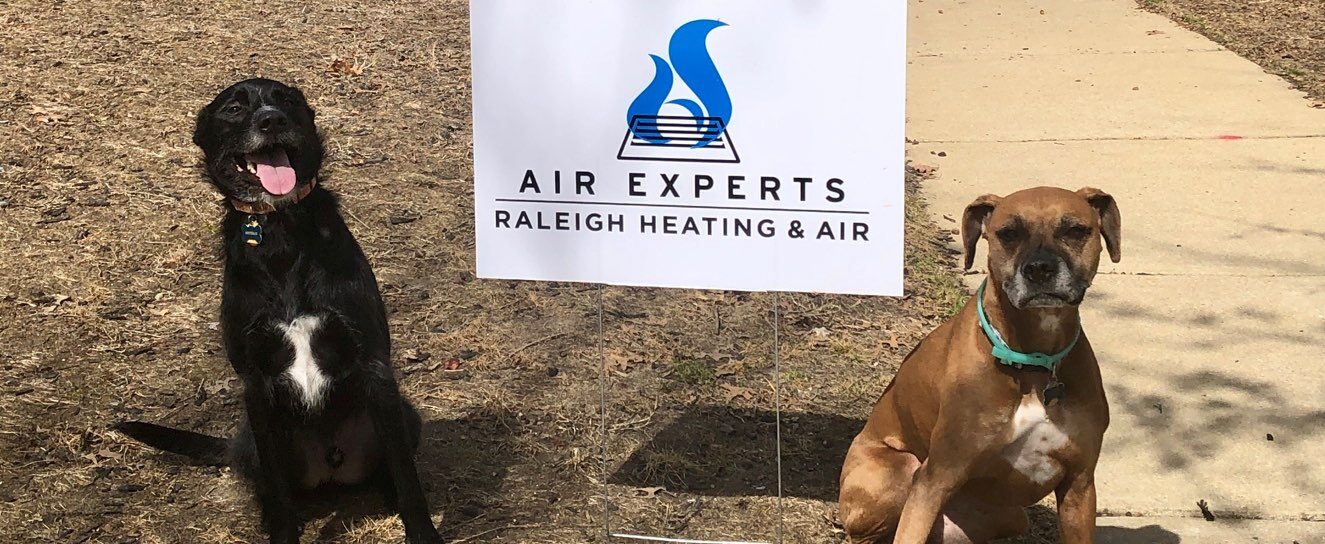Energy Standards Now and in the Future
The nation’s leading manufacturers of residential central air conditioners, furnaces, and heat pumps signed an agreement with the nation’s leading energy efficiency advocacy organizations that will establish new federal standards for those products.The agreement, which involved months of intense negotiations, was signed by executives of Air-Conditioning, Heating, and Refrigeration Institute (AHRI), the American Council for an Energy Efficient Economy (ACEEE), Alliance to Save Energy (ASE), the Natural Resources Defense Council (NRDC), the Northeast Energy Efficiency Partnership (NEEP), the Appliance Standards Awareness Project (ASAP) and the California Energy Commission (CEC). This momentous agreement strikes a balance between the desire for greater state and regional flexibility and the need for a uniform marketplace. It also accounts for the long term energy future of the nation by allowing for more efficient systems to be installed in new homes which will last for many decades to come. The parties that reached this consensus agreement recognize that the time has to come to change the status quo with regard to energy efficiency in the residential built environment and believe this proposal represents a tremendous leap forward towards a more energy efficient future. The signatories agreed to jointly submit this proposal to Congress and support its inclusion in the energy legislation currently under consideration. The groups will also recommend that the Department of Energy promulgate a rule adopting the agreed upon regions and efficiency standards, as authorized in current law.
Creating Regions
Under the agreement, the U.S. is divided into 3 regions: (1) the north, comprised of states with population-weighted heating degree days (HDD) equal to or greater than 5000; (2) the south, comprised of states with population-weighted HDD less than 5000; and (3) the southwest, comprised of Arizona, California, Nevada, and New Mexico. In the north, most furnaces will be required to have an efficiency of 90% or more, essentially requiring condensing furnaces. This is an improvement from the current national standard of 78%. In the south, central air conditioners will be required to have a SEER of 14, up from the present national requirement of SEER 13. Heat pump and oil furnace standards will rise on a nationwide basis. The standards apply to residential single-phase air conditioners and heat pumps less than 65,000 Btu/h of cooling capacity (except through-the-wall and small duct high velocity products), and single phase weatherized and non-weatherized forced-air furnaces (including mobile home furnaces) below 225,000 Btu/h heat input. For split air conditioners, minimum EER values (energy demand on a very hot day) also are specified for the states of Arizona, California, Nevada, and New Mexico.
SEER = seasonal energy efficiency ratio; EER = energy efficiency ratio; HSPF = heating seasonal performance factor; AFUE = annual fuel utilization efficiency. In addition, under the agreement, DOE would be required to publish a final rule not later than June 30, 2011, to determine whether standards for through-the-wall and small duct high velocity air conditioners and heat pumps should be amended. New standards would apply to products manufactured on or after June 30, 2016 Energy Equivalents
Between now and 2030, the agreement will save 3.7 quadrillion Btu of energy, or enough to meet the energy needs of the Commonwealth of Virginia or the states of Georgia, Massachusetts, Michigan, Missouri, or North Carolina for a year.





